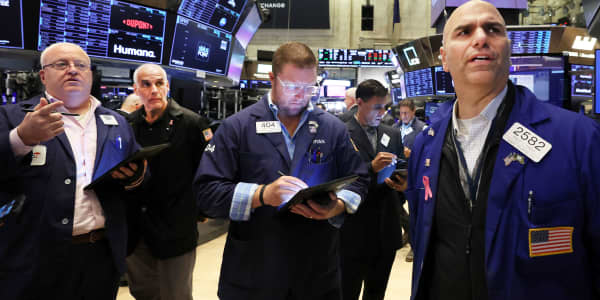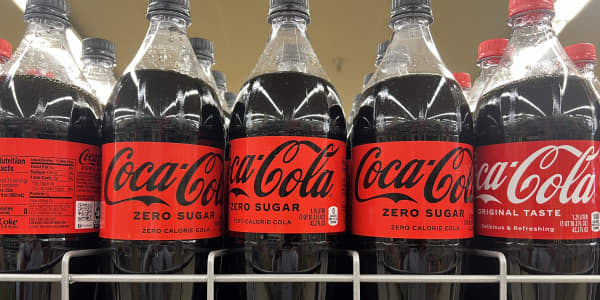As the S&P 500 stalls at record highs, it looks like price appreciation could start to take a back seat to dividend income as this bull market matures.
The S&P's price change for 2015 through the end of May was 2.36 percent, but the benchmark's total return was 3.23 percent. Dividends accounted for almost a third of that total return, which would be the highest amount on an annual basis since 2011, according to S&P Dow Jones Indices.
The $94 billion paid out by S&P 500 companies in the form of dividends in the first quarter was a record, the latest data show.
If investors just buy the SPDR S&P 500 ETF, they will get a 2 percent dividend yield over the next 12 months. But if they want to be more aggressive, they could more than double that dividend income by picking the right stocks.
Here's a way to do that.
"The incremental, modest gains achieved by the broad market in recent quarters are a sign that the low-hanging fruit in the market has been picked," wrote John Stoltzfus of Oppenheimer, in a note to clients Tuesday. "Thus, we believe that owning 'beta' (broad index funds/passive investing) is likely to be less rewarding moving forward than focusing on 'alpha' (individual stock selection/active management)."
Read More Forgotten bellwether offers 5.5% dividend yield
So the chief market strategist dusted off his dividend screen which finds stocks with dividend yields greater than 2 percent, a track record of increasing payouts and solid outlooks from Oppenheimer analysts.
Stoltzfus is also looking for dividend payers that are leveraged to a growing economy, know as cyclical stocks. This is to avoid the "defensive" dividend names that may suffer in an environment of rising interest rates, said the strategist.
To be sure, the yield on the 10-year Treasury on Wednesday hit a high of 2.38 percent, according to FactSet, the highest level this year. If rates continue to rise, this will make that government bond market look mighty attractive compared to dividend stocks—cyclical or not.
But if the market remains caught in a small range and interest rates don't explode higher, dividend stocks like those picked by Oppenheimer could be the best way to go.





